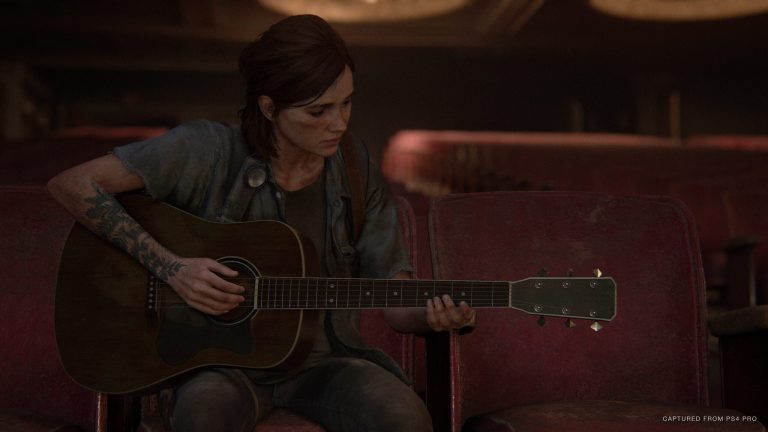Video game music, like games themselves, wasn’t always taken seriously. Now, though, things have changed. Fans and critics alike recognize gaming soundtracks as pieces of art in their own right, and part of that is thanks to one of the most enduring game narratives — and scores — of all time.
It’s hard to overstate the impact The Last of Us has had on gaming and entertainment as a whole. Even if you’ve never played it, you’ve doubtlessly heard its praises, as well as a healthy dose of criticism. Most of these conversations center on its story and characters, but the music is just as important to its legacy.
Early gaming soundtracks grew out of hardware restraints at the time. The now-famous scores of games like The Legend of Zelda revolve around repeating melodies and clever programming tricks to get a fuller sound out of minimal resources. As console power grew, though, these soundtracks also expanded to take advantage of the larger file sizes.
Game soundtracks become huge, booming orchestral pieces like you’d expect to hear in movies. Think of Halo and the Metal Gear Solid series. The music is grand, exciting, and cinematic, but when The Last of Us came out in 2013, it toned things down.
The music in The Last of Us is sparse and haunting, often centering on composer Gustavo Santaolalla’s echoing acoustic guitar. It’s a stark contrast to the sweeping orchestras of other AAA games at the time, one that emphasizes the game’s narrative focus. Sure, The Last of Us has plenty of action, but what makes it special is its three-dimensional characters and gripping narrative. That’s something the eerie and stripped-back folk tunes make impossible to ignore.
Santaolalla’s guitar work hearkens back to the midcentury outlaw country movement, when icons like Hank Williams made acoustic guitars cool and gave the American folk sound a darker tone. Those similarities are intentional. Williams’s “Alone and Foresaken” took on new life in the modern age thanks to that iconic Last of Us trailer — something the HBO show later recreated.
The Last of Us is a big game, but the music wants you to feel the opposite. It’s intimate and introspective. It focuses not on the grandeur of the post-apocalyptic surroundings but on Joel, Ellie, and the other characters whose personal struggles are far more engaging than the zombie apocalypse.
It’s impossible to separate The Last of Us’ narrative from its score. The music tells a story the same way cutscenes and character dialogue do, and that relationship even bled into the game’s development. Santaolalla has said that his music inspired parts of the story, as director Neil Druckman would write some scenes after listening to what he did in the studio. Unsurprisingly, Druckman would later bring Santaolalla back to help score the HBO show.
The rest is history. The Last of Us became a huge success, and narrative-focused games — with equally narrative-focused soundtracks — became the norm.
Many of the most popular games with noteworthy scores since The Last of Us have followed suit. Even Zelda abandoned the orchestra in Breath of the Wild, where minimalist piano renditions of the series’ iconic themes echoed the broken-down state of Hyrule after the Calamity.
Indie titles have also joined the trend. Sure, there are sections of Hollow Knight with big, intense musical pieces, but the score changes dramatically between areas of the map. Each environment has its own theme, becoming part of the game’s environmental storytelling, which is all the more impactful when dialogue is so sparse.
Is The Last of Us solely responsible for the use of restrained musical storytelling in gaming? Of course not. However, it’s hard to ignore how the trend took off after the first game’s release. It may not have started it all, but it certainly popularized the approach and deserves a place in the video game music hall of fame.




